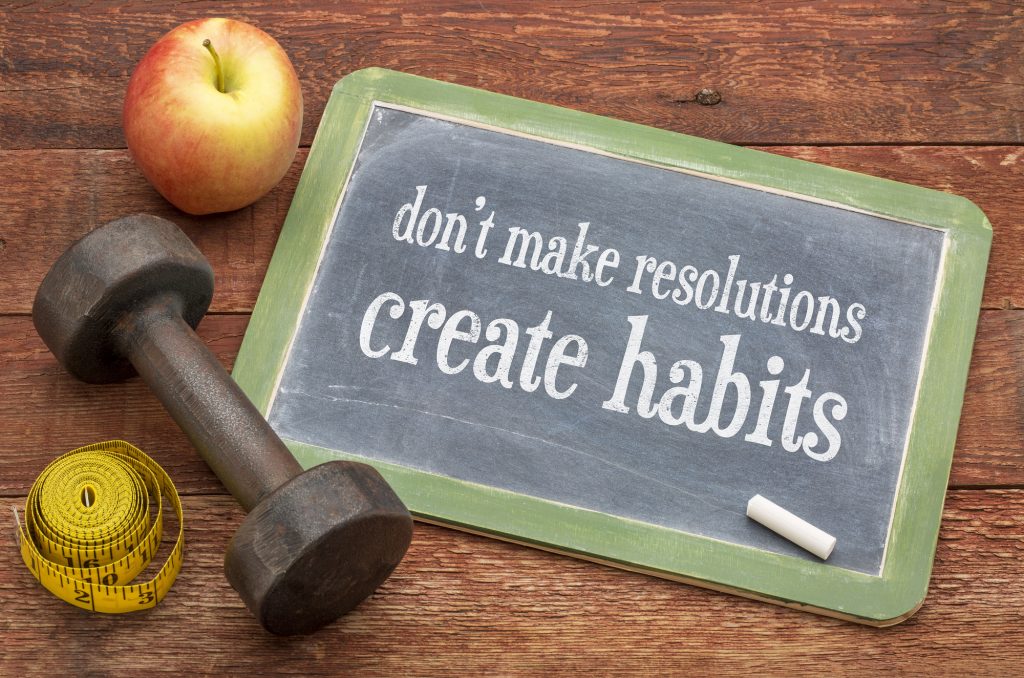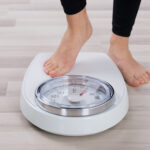
Are you trying to lose weight? It may seem like you’re alone in a world full of supermodels and Barbie dolls.
But this couldn’t be less true. In fact, over half of the U.S. population is trying to lose weight.
With processed foods and obesity on the rise, it’s more important than ever to get fit. But creating and sticking to an exercise regime can be tiring. Many people do well for the first few weeks, then end up reverting back to their old ways.
So, how can you stick to your diet and exercise plan? The best way to do this is to follow smart goals for weight loss. SMART is actually an acronym that stands for specific, measurable, attainable, relevant, time.
Do you want to know how to create smart goals? Keep reading to find out more!
Specific – Have a Clear Goal
The first part of smart goals for weight loss is to be specific. You need to have a clear goal that you want to reach. Saying that you want to lose weight, eat healthier, or exercise more isn’t good enough.
Instead, say “I want to cut out fast food completely” or “I want to exercise for 20 minutes every day.”
Measurable – Use Numbers
When setting specific goals, it always helps to use numbers to measure your success. If you say that your goal is to lose weight, you may technically achieve that goal by losing 2 pounds but still be unhappy because it’s not enough weight.
Instead, you should use numbers whenever you can. Tell yourself that you want to lose 5 pounds in your first month or cut your daily caloric intake down to 1500 calories per day.
Attainable – Make Sure Your Goals are Reasonable
When setting your weight loss goals, you’ll want to make sure they are reasonable.
If you set unattainable goals for yourself, you’ll just end up disappointed. Losing weight is a long process, and it takes a lot of time and dedication.
You can’t expect yourself to lose 25 pounds in your first month. If you end up setting goals that are too hard to reach, you may end up feeling so discouraged that you quit your plan altogether.
The same goes for your schedule and diet. If you know Sundays are a busy day for you, don’t make a goal to exercise for 3 hours on Sunday. Most Sunday’s will probably be too busy, and you’ll end up disappointing yourself when you can’t exercise as much as you planned.
Instead, weight loss goals need to be reasonable. You could say that you want to lose 5 pounds in your first month or to exercise for one hour a day. This way, you’ll feel motivated to continue knowing that you’re reaching your goals.
Attainable – Decide on a Few Milestones
Just because your weight loss goals should be attainable, doesn’t mean that you can’t have a big end goal.
If you want to ultimately lose 100 pounds or cut out all processed foods from your diet – great! You have something big to work for! However, focusing on these goals right away may leave you feeling disappointed when you can’t reach them.
Instead, set a series of attainable milestones that you want to reach. Month 1 may be to cut out all cookies from your diet and lose 5 pounds. Month 2 may be to cut out cookies and potato chips and lose another 7 pounds.
You’ll feel great that you’re reaching all your milestones which will motivate you to work harder to reach the next goal.
Relevant – Give Yourself Motivation
Setting weight loss goals won’t do you any good if you don’t have the motivation to follow your plan.
Think about all the reasons you want to get in shape. Do you want to fit into your favorite pair of jeans?
Do you want to have a nice beach body for the summer? Maybe your doctor told you that your cholesterol levels are too high, and you want to lower them.
Take whatever reasons you have and write them down. Keep the list and look at it when you are feeling unmotivated.
Some people find success hanging the list on the refrigerator. This way when you go to grab a snack, you’ll see the list and may decide to opt for fresh fruit or yogurt instead of ice cream.
Relevant – Track Your Progress
When setting health goals, it’s also important to track your progress.
If you’re sticking to your plan, you should be able to see the results during a weekly weigh-in. If you’re doing a good job, this will help motivate you to work harder so you can keep seeing results.
But, it’s important to do more than just weekly weigh-ins. You can also better meet your weight loss goals by recording your daily food intake and exercise accomplishments. Keep a daily journal and write down what exercises you did, how long you exercised for, what you ate, and the nutritional value of your foods.
If keeping a hand-written journal isn’t for you, there are tons of calorie-counting apps available. A checklist also works for some people.
Just create a chart with your daily goals going down the left side and the dates going across the top. Then place a checkmark wherever you met your goals.
Not only will this give you something solid to look at to help keep you motivated, but it can help you figure out where you went wrong if you’re not meeting your weight loss goals.
Time – Give Yourself a Time Limit
We’ve talked a lot about how to set weight loss goals using numbers and attainable goals. Another part of this is to give yourself a time limit. If you say that you want to lose 20 pounds but don’t give yourself a time frame in which you want to do this, you may start to become lazy.
Many people find themselves indulging in extra cheat days or skipping their daily exercise plan because they’ve started to lose weight, and it doesn’t matter when they lose the rest of the weight – as long as it happens eventually.
This may cause you to quit your plan altogether and revert to your old habits. Instead, give yourself a strict deadline, and stick to it! You may say that you want to lose 10 pounds by summer vacation or you want to be able to run a 10-minute mile by March 1st.
Smart Goals for Weight Loss
If you’re trying to lose weight, you may know how hard it is to stick to a diet and exercise plan. Many people end up becoming unmotivated and give up because they aren’t setting weight loss goals correctly.
Instead, set smart goals for weight loss. You can do this by setting a clear goal, using numbers, making sure your goals are reasonable, creating milestones, giving yourself motivation, tracking your progress, and setting a time limit.
Did you find this article helpful? Check out our blog for more posts like this.












